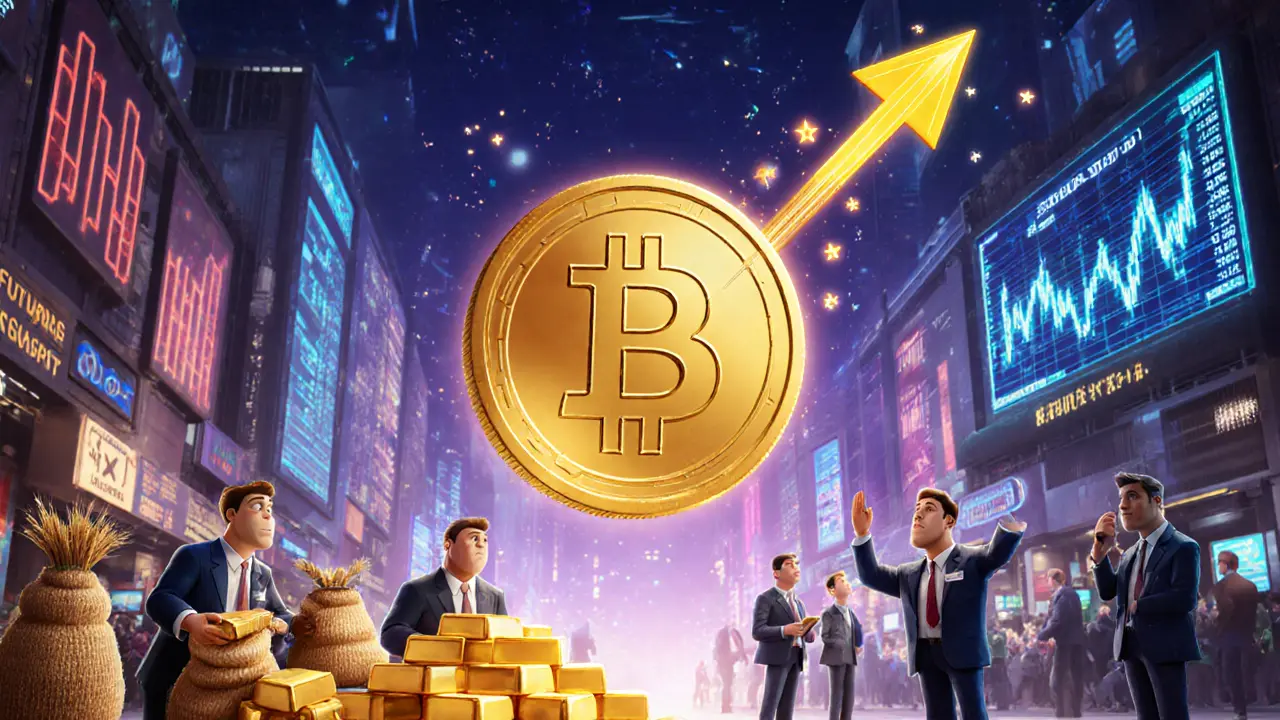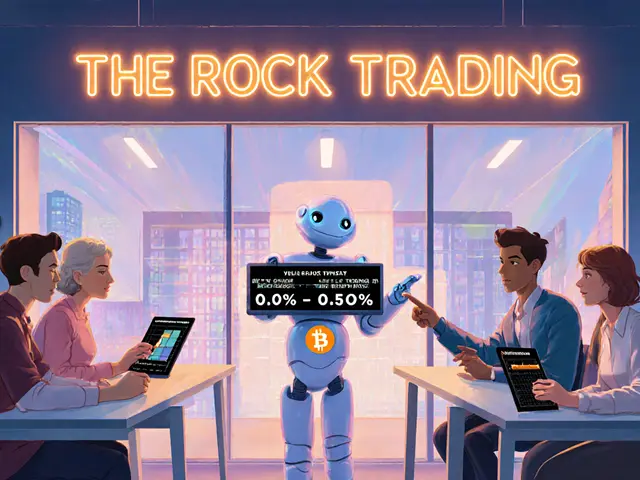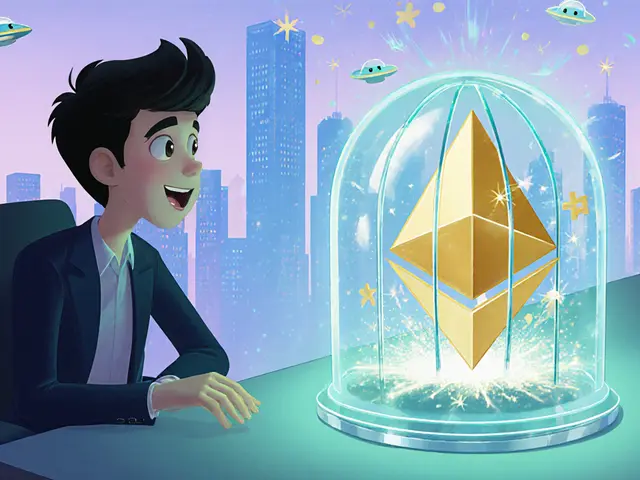Price Discovery in Crypto: How Markets Set Real Value
When you see a coin like price discovery, the process by which buyers and sellers agree on an asset’s true market value through open trading. Also known as market valuation, it’s what separates a coin’s hype from its actual worth. In crypto, this doesn’t happen in a boardroom—it happens on exchanges, in liquidity pools, and sometimes in Telegram groups where someone pushes a token to $100 overnight. But here’s the catch: not all price discovery is real. Some prices are faked by bots, washed trades, or pump-and-dump schemes. True price discovery needs volume, transparency, and multiple participants willing to buy and sell at the same price.
Think of market liquidity, how easily an asset can be bought or sold without changing its price. A token with $10 million in daily volume on WOOFi or Sovryn? That’s price discovery in action. A token with $50,000 in volume and 90% of it coming from one wallet? That’s manipulation. You’ll see this in posts about crypto exchanges, platforms where buyers and sellers meet to trade digital assets like OVEX, which handles deep institutional orders, versus sketchy platforms like DXBxChange where trading activity is thin and suspicious. Price doesn’t mean much if no one’s actually trading at that level.
Then there’s token valuation, the attempt to assign intrinsic worth to a crypto asset based on utility, adoption, or future potential. But here’s the problem: most crypto tokens don’t have cash flow, assets, or revenue. So valuation becomes guesswork based on community size, exchange listings, or airdrop participation. That’s why you’ll find guides on Unbound’s NFT airdrop or OneRare’s Foodverse rewards—they’re not just free tokens, they’re signals of demand. When people rush to qualify for an airdrop, they’re betting the token will rise. That’s price discovery too.
And don’t forget geography. If you’re in China or India, your access to exchanges is limited by law. That means the price you see on Binance might not reflect what’s happening locally. In South Africa, OVEX trades ZAR at rates you won’t find anywhere else—because local demand creates its own price discovery layer. Same with FATCA rules for US citizens: if you’re forced to report holdings, that changes how you trade, which changes prices.
What you’ll find below aren’t just random coin reviews. Each post is a snapshot of price discovery in action: whether it’s a token crashing because no one’s trading it (like GNON), a platform enabling real cross-chain swaps with low slippage (like WOOFi), or an airdrop that proves real user interest (like SAND or RACA). These aren’t predictions. They’re records of what people actually did—and what that did to the price.



